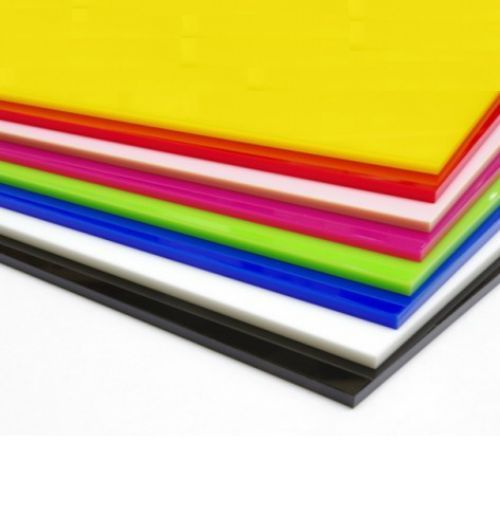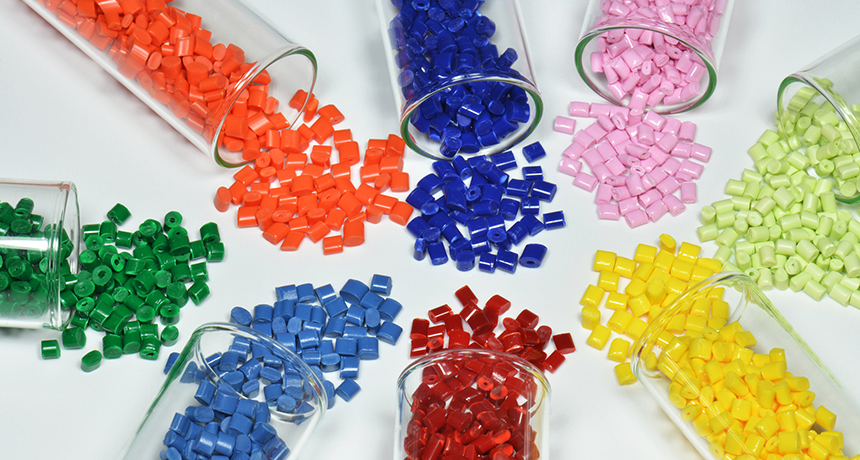Shot Molding is a production process for creating components in huge volume. It is most commonly used in mass-production procedures where the same component is being produced thousands and even millions of times in succession.
Once the first costs have been paid the rate per system throughout injection formed production is exceptionally low. The rate additionally has a tendency to go down considerably as even more components are produced.
Shot Molding generates low scrap rates relative to typical production procedures like CNC machining which removed substantial portions of an initial plastic block or sheet. This nevertheless can be an adverse relative to additive production procedures like 3D printing that have even lower scrap rates. Keep in mind: waste plastic from shot molding production typically comes consistently from 4 areas: the sprue, the runners, eviction places, and also any overflow material that leakages out of the component dental caries itself
A runner is a system of channels that satisfy up with the sprue, normally within or as part of the mold tool, that overviews the molten plastic right into the component cavities within the mold tool. The gateway is the part of the channel after the jogger that leads directly right into the part tooth cavity. After an injection assistenza presse iniezione mold and mildew cycle (normally only seconds long) the whole of the molten plastic will cool down leaving strong plastic in the sprue, runners, entrances, part cavities themselves, as well as a little bit of overflow possibly on the sides of the components (if the seal isn’t 100% right).
They grind up the sprues/runners and any kind of turn down parts. They add that material back into the raw product that goes right into the shot molding press. Generally regrind product is used for low-quality components that don’t require high efficiency homes.
- Injection Molding is really repeatable.
- That is, the 2nd part you produce is mosting likely to be almost the same to the first one and so on.
- This is a fantastic particular when trying to create brand name consistency and also component integrity in high volume production
- What Is The Downside To Shot Molding:
- Up front costs have a tendency to be very high due to layout, screening, and tooling requirements.
- If you are going to create parts in high quantities you desire to make certain you get the style right the first time.
- Designing and after that prototyping the part itself to specification
- Preliminary model growth is usually finished on a 3D printer and frequently in a various product (such as ABS plastic) than the last part will certainly be built in Designing a shot mold and mildew tool for an initial production round
- Typically producing 300-1000 shot built prototypes in the manufacturing material needs the development of a shot mold and mildew tool.
- Refining any kind of as well as all details in the injection mold and mildew tool before mass-production in a shot mold factory.
Possibly negative aspects of shot molding include the following:
2 of the major disadvantages to injection molding are the high tooling expenses as well as big needed lead times. Tooling is almost a project per se as well as only one stage of the entire shot molding procedure. Prior to you can produce an injection built part you initially need to make and prototype a component (possibly via CNC or 3D printing), then you need to create as well as model a mold and mildew tool that can create reproductions of the component in volume.

As well as usually after considerable testing in both of the previously mentioned phases, you get to shot mold a component. As you can imagine, all of the model called for to obtain the device appropriate prior to mass production requires both money and time.
It is uncommon that you would prototype an injection molding tool.
It does happen though, specifically for parts that will be made in a multi-cavity device. For instance, allow’s state we were mosting likely to injection mold and mildew a new hair shampoo container cap. That cap would likely have strings to attach it to the bottle, a living joint, a snap closure, as well as potentially some overmolding as well.
A company might select to make a single cavity tool of that part to ensure all of the functions will mold and mildew as desired. Upon authorization, they will make a brand-new device, that can molding, for example, 16 caps at a time.
They do the solitary cavity tool initially so if there are any type of concerns, they don’t need to pay as well as wait for it to be dealt with 16 times for each cavity.
If you want to include plastic to the component you can constantly make the device tooth cavity bigger by reducing away steel or aluminum. This is very difficult and in many instances could indicate requiring to scrap the device (or part of the device) totally and begin over.
Injection molding demands consistent wall thickness.
If you were to reduce a cross-section of the Panasonic mold over you would certainly observe that the wall thickness is roughly 2-3mm thick throughout. Keeping wall surfaces from being also thick is important to prevent variances in the cooling procedure leading to problems like sink marks.
A great rule of thumb is to keep walls much less than or equal to 4mm thick. The thicker the walls the much more worldly you will certainly use, the longer the cycle time will certainly be as well as the greater your price per part will be.
On the other hand, if wall surface thickness is any thinner than 1mm or two you may experience problem loading the mold and mildew tool (leading to spaces or brief shots).
Designers can make up for this potentiality by using a material with a higher melt flow index like Nylon which is commonly suitable for walls as slim as 0.5 mm. Various manufacturing techniques like CNC don’t call for uniform wall surface density whatsoever.
Oftentimes huge components can not be generated through shot molding as a solitary item.
This results from the dimension restrictions of injection mold devices and also the mold tools themselves. Of a big injection formed component consider the buying carts at Target. Although the equipment exists to mold and mildew very large items (e.g. 1000 lot presses roughly the dimension of a train’s caboose), using it is very expensive. Because of this, objects that are bigger than a typical injection molding maker’s capacity are most often created in multiple pieces. CNC equipments have similar restrictions regarding product size while 3D printing has much more limitations.
CNC is limited to the traveling and also dimension of the bed in the milling equipment while huge 3D printed parts commonly need to be printed in several pieces and then bonded with each other. Huge undercuts call for skilled style to prevent and can frequently add costs to the project.
A jogger is a system of channels that fulfill up with the sprue, normally within or as component of the mold and mildew device, that guides the molten plastic right into the part tooth cavities within the mold tool. The gateway is the component of the channel after the runner that leads straight right into the component cavity.
After an injection mold cycle (commonly just secs long) the whole of the molten plastic will certainly cool down leaving strong plastic in the sprue, runners, gates, part tooth cavities themselves, as well as a little bit of overflow possibly on the edges of the components (if the seal isn’t 100% right).
Before you can generate a shot built component you initially have to make and model a component (possibly via CNC or 3D printing), then you have to create and also model a mold and mildew device that can produce replicas of the component in volume. And also typically after considerable testing in both of the abovementioned phases, you get to shot mold and mildew a part.
